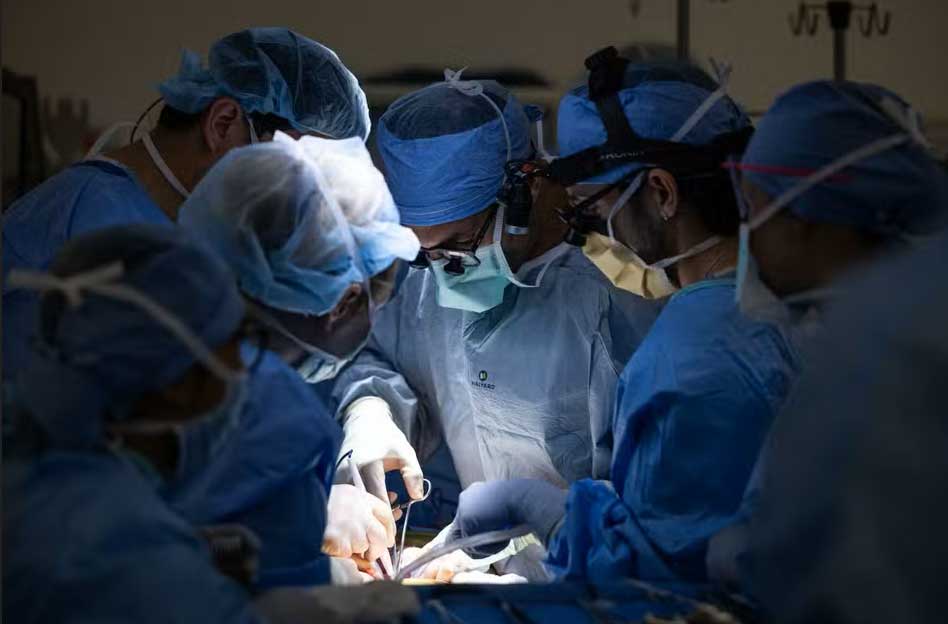On May 4, at Ronald Reagan UCLA Medical Center, A surgical team has successfully completed the first human bladder transplant in history, opening up new possibilities for millions of patients. The 8-hour procedure also involved a kidney transplant, restoring the urinary system.
The news coming from the University of California at Los Angeles therefore marks a real turning point in the history of medicine.
Behind this extraordinary success there is a preparatory work that lasted more than four years. The surgical team led by Dr. Inderbir Gill, chairman of the Department of Urology at the University of Southern California, and Dr. Nima Nassiri of the University of California at Los Angeles, developed the technique through numerous tests and simulations.
“This surgery is a historic moment in medicine and will have a significant impact on the management of select patients with highly symptomatic, non-functioning ‘terminal’ bladders,” Dr. Gill said in a press release.
The bladder is not simply a “container” for urine. A complex muscular structure must contract and relax in response to nerve signals. While maintaining a waterproof lining that prevents toxins in the urine from entering the bloodstream.
Encouraging results and future challenges
Two weeks after the surgery, the preliminary results are extremely encouraging.
“The kidney immediately produced a large volume of urine, and the patient’s kidney function improved immediately,” Dr. Nassiri said. “There was no need for dialysis after the procedure, and urine drained properly into the new bladder.”
Of course, as with any transplant, the risk of rejection remains a significant concern.
Long-term monitoring will be necessary to fully assess the success of the surgery and to ensure that the new bladder maintains its function over time.









